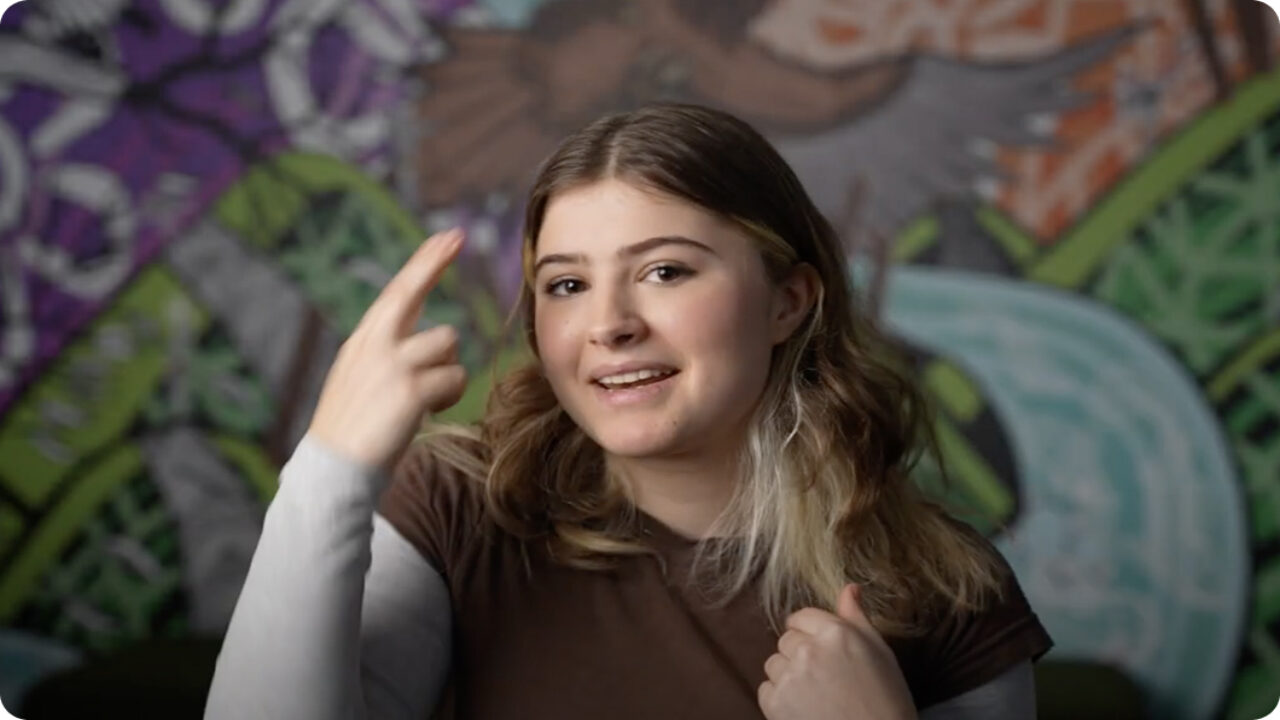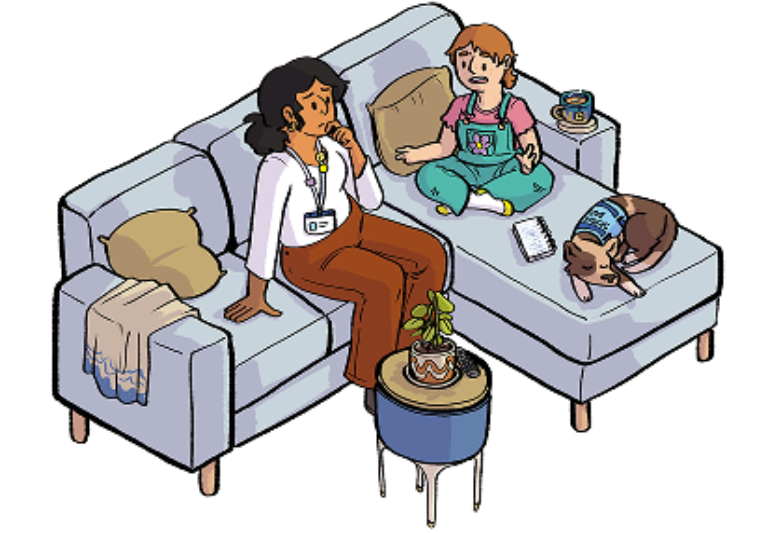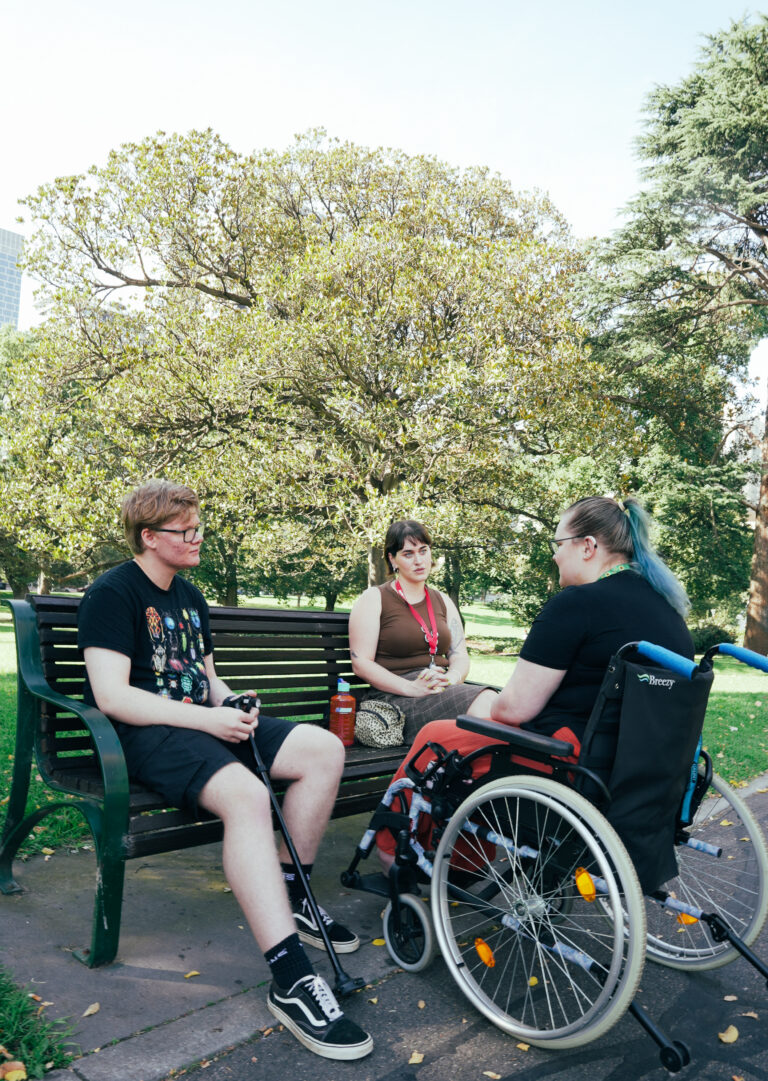Handling complaints from disabled young people
If you don’t get any complaints or feedback (good or bad), that doesn’t mean you can stop thinking about access and inclusion.
It is an opportunity to think about why people are not sharing their thoughts with you.
You should have an accessible way for clients to submit complaints or feedback.
However, it is not enough to create an accessible way to submit complaints or feedback. You must respond to the information in a safe, accessible and empowering way.
The initial response
Organisations have an obligation to respond to complaints in a safe and supportive way. This response validates the person’s experience and can impact their willingness to seek further assistance.
Depending on what the complaint is about, you may have different legal obligations. Everyone in your organisation should know and understand these responsibilities.
You should make sure the disabled young person is aware of their rights at every step of the complaints process. In the initial response, you should remind them they have the right to make a complaint, and you can share information about their rights – such as links or flyers.
You should send a response that:
- acknowledges that the organisation has received the complaint
- tells them when they can expect a response
- tells them who to contact if they don’t receive a response within that time
It is important that the first response disabled young people receive to making a complaint is positive, so that they feel supported and will be more likely to speak up in other settings too.
The first meeting
The first meeting is an opportunity to clarify concerns, set expectations and establish a supportive relationship.
You should offer a meeting with anyone who makes a complaint. You should tell them they can have someone in the meeting to support them.
This meeting should be at a time that is convenient for the disabled young person. Disabled young people are often busy, and their disability needs may affect their levels of engagement at different times of the day.
When you are arranging the meeting, you should tell them what it will be about.
In this meeting, you should practice active listening. Take notes, clarify, and repeat back what they have said to you. Remember, it’s important to give people time to respond, so they don’t feel rushed. This can help meet the access needs of disabled young people.
In the first meeting you should:
- talk about the process
- talk about timelines
- explain their rights throughout the process
- check if there is anything else that they want to raise
You should ask them how they want to be involved with the process, and how they want to receive communications from you about the process.
You can also provide them with a social script of how this meeting may go.
You should ensure that this meeting is as accessible as possible. For example, if the person who has made the complaint uses Auslan, you should make sure there is an interpreter.

Working with interpreters
To learn more about working with interpreters, check out this video by Maya, a young Deaf person.

Preparation for the meeting
It may be helpful to have a list of questions to ask, or a worksheet to fill out with the disabled young person who has made the complaint. This should be tailored to the complaint, and the access needs of the disabled young person.
You should share this with them before the meeting. While they may answer the questions, or fill in the worksheet before the meeting, it’s still important to go through it together, as you may gain more context, and can ask clarifying questions.
Not everyone will want to have a meeting – that’s okay. You should still communicate the above information (the process, timelines, their rights throughout) in a manner that is accessible to the disabled young person.
 Three white people having a conversation in a park
Three white people having a conversation in a park
Communication
Open and ongoing communication is essential to establish a safe and supportive complaints process. Sending the complainant regular updates helps to build trust.
Keeping the disabled young person updated and including them at every stage empowers them and makes sure that their perspective shapes how the issue is addressed.
Record keeping
Businesses should keep records of every complaint received. Records should be updated as actions are taken and should include the overall outcome. These records should meet privacy requirements and be monitored for reoccurring issues.
The monitoring of complaints keeps the business accountable, ensuring that complaints are responded to and resolved appropriately.
It can be confronting responding to a complaint for the first time. Most people are expected to know how to respond appropriately but are rarely trained or given the knowledge on how to do so.
There are many resources for businesses about responding to complaints and reaching successful resolutions, including the video by the NDS below.

Reliable record keeping webinar
Check out this webinar from NDS (National Disability Services) on reliable record keeping.
Responding to disclosures of violence, abuse, neglect and/or harm
Children and young people are more likely to disclose abuse to either a parent or a same-aged friend. However, it’s important that all staff of service providers are prepared to respond to disclosures in an appropriate way that supports the young person and avoids additional trauma.
For more information, Children and Young People with Disability Australia have a guide on how to respond to disclosures from disabled young people.
View the guide